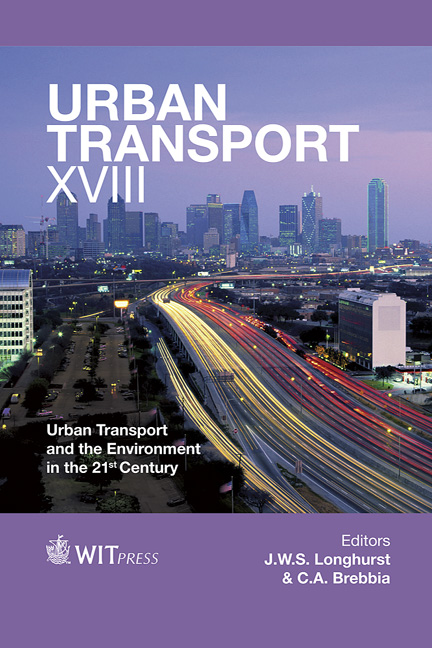Urban Car Sharing: An Overview Of Relocation Strategies
Price
Free (open access)
Transaction
Volume
128
Pages
13
Page Range
419 - 431
Published
2012
Size
391 kb
Paper DOI
10.2495/UT120361
Copyright
WIT Press
Author(s)
E. M. Cepolina & A. Farina
Abstract
Traditional car sharing systems are round trip shared vehicle systems and require advance reservations. The advances of GPS, communication techniques and vehicle automation allow us to improve car-sharing systems and to provide users with greater flexibility. As it concerns reservation, new car sharing systems offer users open-ended reservation and/or instant access. As it concerns the trip topology, new car sharing systems are multiple station shared vehicle systems (MSSVS). Round trips still occur in this type of system; however there are a large number of one-way trips made between the multiple stations. Operating an MSSVS is much more difficult than operating a round trip shared vehicle system. The problem is that the system can quickly become imbalanced with respect to the number of vehicles at the multiple stations. A review of user-based and operator-based relocation strategies is provided in the paper, as well as some details about some new possible car sharing systems, where vehicles are fully automated and can be accessed from any point within the intervention area. Keywords: relocation procedures, operator-based relocation, user-based relocation, vehicles automation, vehicles localization techniques, capillarity. 1 Introduction The earliest origin of shared use vehicle systems is in 1948, in Zurich, which was performed by a cooperative called \“Sefage”. Afterwards, another shared vehicle system, Procotip, was started in 1971 in Montpellier, and Witkar in Amsterdam in 1973. All these experiences have been unsuccessful. However, in the 1980s several other initiatives were launched, such as \“Mobility CarSharing” in Switzerland, and \“Stattauto” in Berlin. With these car sharing systems usually members need to book cars beforehand and the time that the car will be dropped
Keywords
relocation procedures, operator-based relocation, user-based relocation, vehicles automation, vehicles localization techniques, capillarity.





